A Hidden Treasure
Located approximately one mile from downtown Danbury, the parcel was purchased by the City from the Charles D. Parks Estate in 1985. It wasn’t a purchase that the city made willingly; the family had offered the land to the City and was turned down several times. When the family looked to sell the acreage for a condo development, that’s when the neighbors took action and through a grassroots effort forced the purchase question to a referendum. The citizens of Danbury voted to approve* the purchase of 535 acres of meadows, forests, mountains, lakes, and ponds as well as 19 buildings, and all at a cost of $4.7 million dollars.
To date, 14 of the property’s 19 buildings have been restored, including the Mountainville property, carriage house, gatehouse, and farmhouse, which are rental units.
The hay barn, located in the farm area has been renovated for use as an environmental education center. Restroom facilities were installed in the barn allowing for greater use of this building by organizations as well as for park-sponsored events. The silo, rebuilt in 2003, will someday be adapted for use as a gallery, Plans also include the building of a picnic pavilion and improved parking
*Read how the citizens of Danbury banded together to make Tarrywile Park & Mansion a reality in this article: Parks Property Purchase Committee.
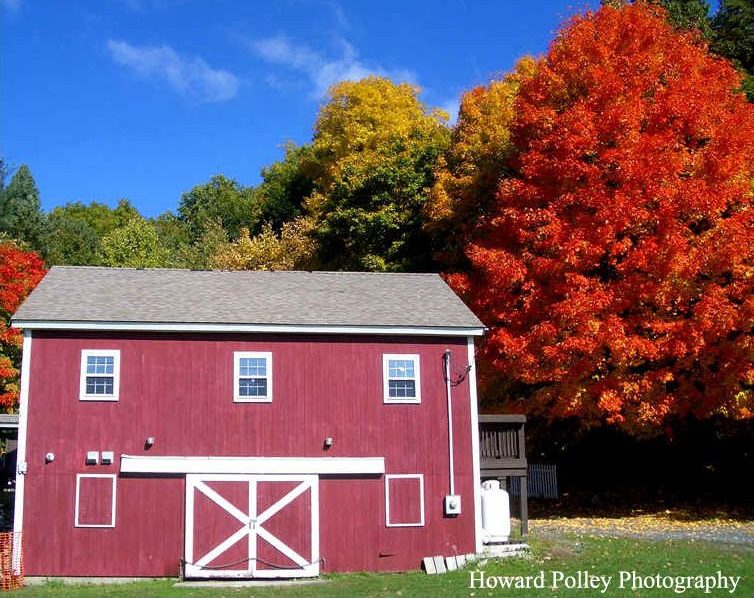
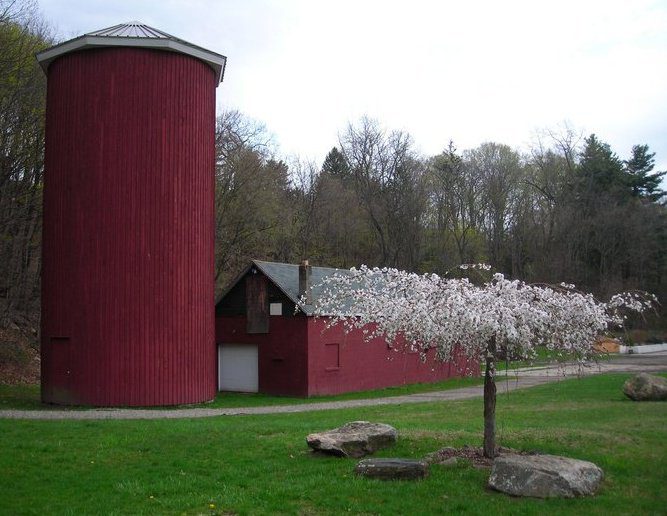
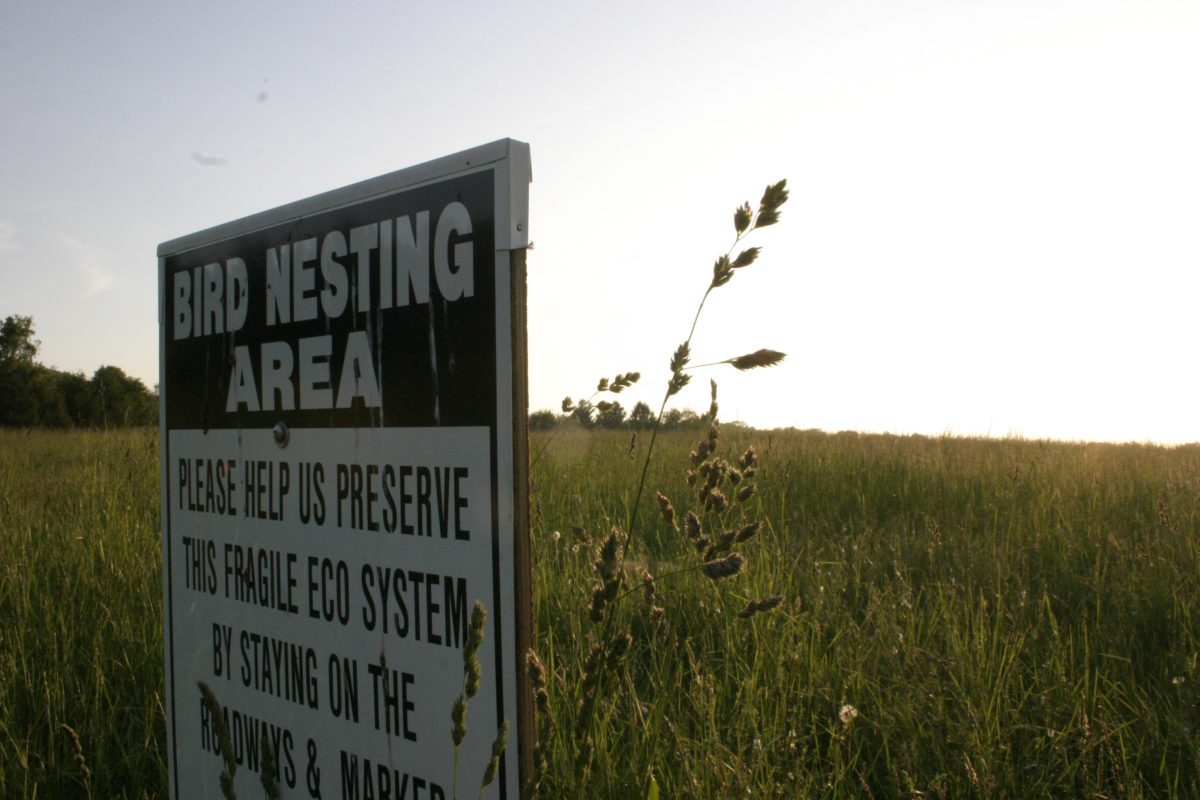
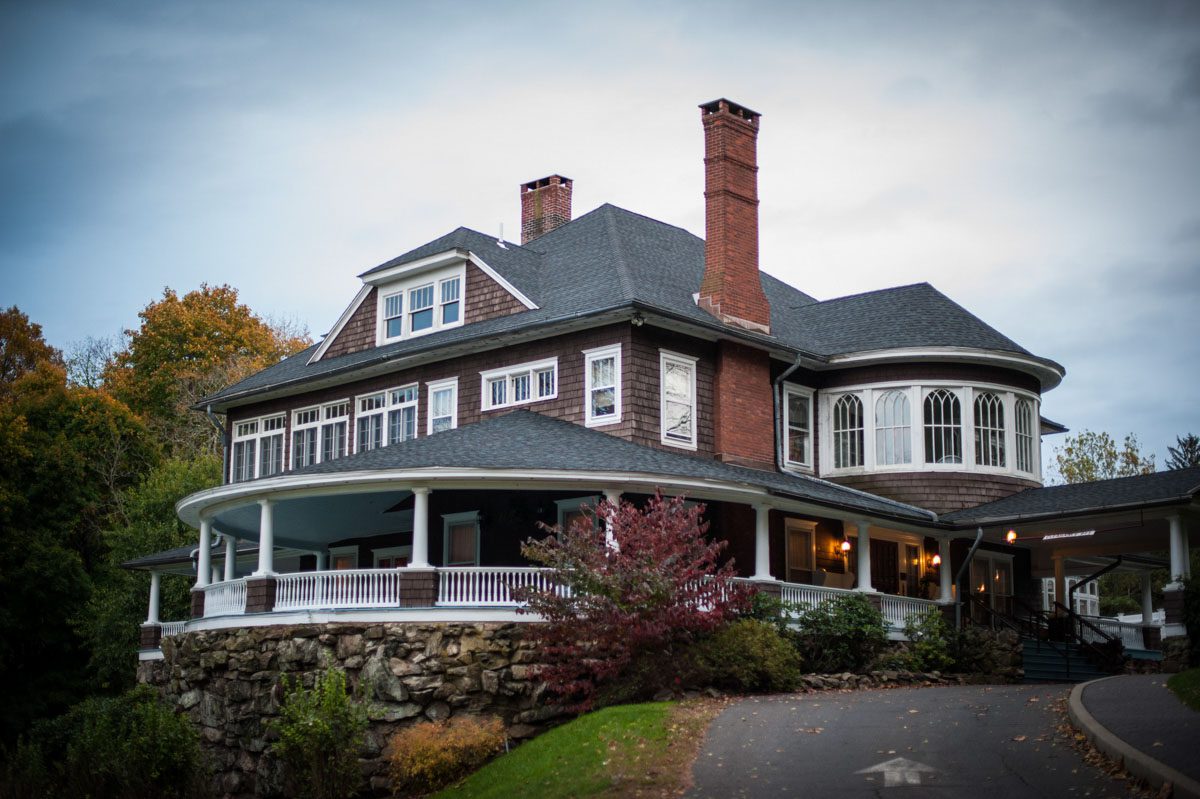
The Park consists of two basic areas: Tarrywile Park and Tarrywile Mansion.
The Mansion was opened in 1990 as a community center for the City, providing a space for events of all kinds, including weddings, birthday parties and other life celebrations; business and political functions; and a variety of other public and private events.
Tarrywile Park provides the passive recreation component of the TPA’s mission. July 1994 marked the official opening of the Tarrywile Park hiking trail system. At that time, the system included over 5.5 miles of trails, which were marked in the summer of 1995 in accordance with National trail standards. By the summer of 2004, twenty-one miles of trails had been marked and a new trail map was distributed. Our trails are used for hiking, cross-country running and skiing, snowshoeing, mountain biking, and horseback riding. The park is home to the Danbury High School and Immaculate High School cross country track teams and has been the site of many Boy and Girl Scout events such as the Klondike and Camporee. Western Connecticut Orienteering holds orienteering meets and instructional classes at the Park and have installed a permanent orienteering course.
A recent survey of organized events and park users found approximately 90,000 visits made to the Park and Mansion in any given year. This number continually increases as more and more of the public become aware of Danbury’s “Hidden Jewel” located right in their back yard.

In 1997, through a grant from the Meserve Memorial Fund, the park established an environmental education library. At present, the library is housed in the Mansion Conference Room and provides the public with an opportunity to research all aspects of park flora and fauna. The books in the library are geared towards all ages, from adults to preschoolers.

In 2007, the Meserve funded the establishment of an artifact filled Environmental Center in the Parks, Red Barn, which furthers the Authority’s mission of environmental education.
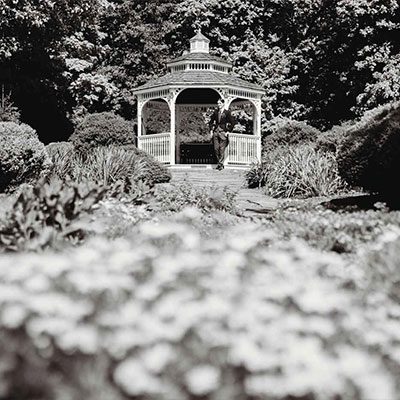
In the spring of 1999, a gazebo was constructed in the upper Mansion orchard area. Funded by a Meserve Memorial Fund grant, it provides a spot for small lawn concerts, story hours, wedding ceremonies, and family photographs. And in 2004, a meditation garden was established by the Community Angle Network (CAN).

The voters of Danbury, in November 1999, continued to support the Park and the conservation of open-space lands with the approval of the purchase of 100 acres of land adjacent to Tarrywile Lake. In August 2000 an additional 18 acres located near the beacon was purchased, bringing the total to 653 acres. Additional acres were added to the Park over the next several years, bringing the total acreage to 722 acres.
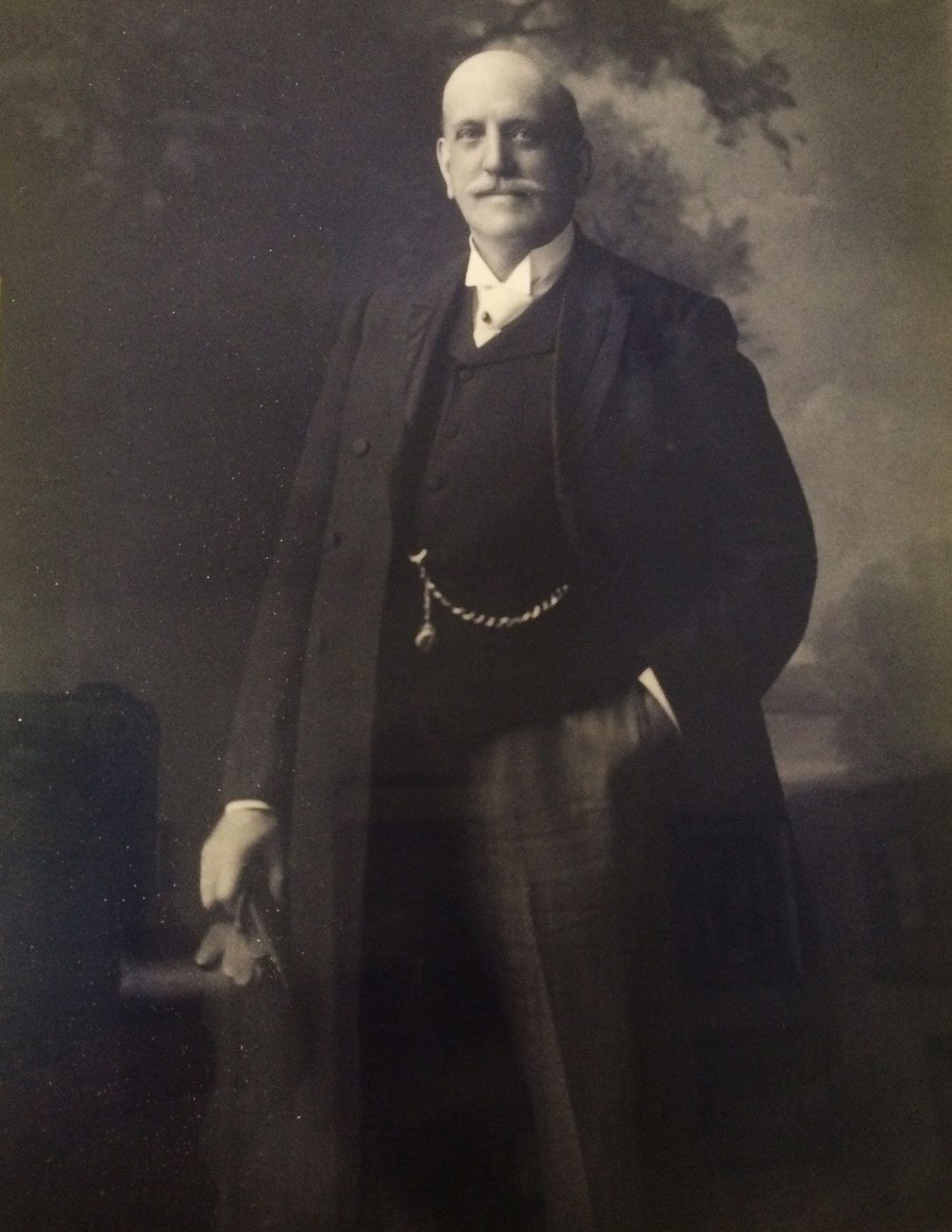
Dr. William C. Wile
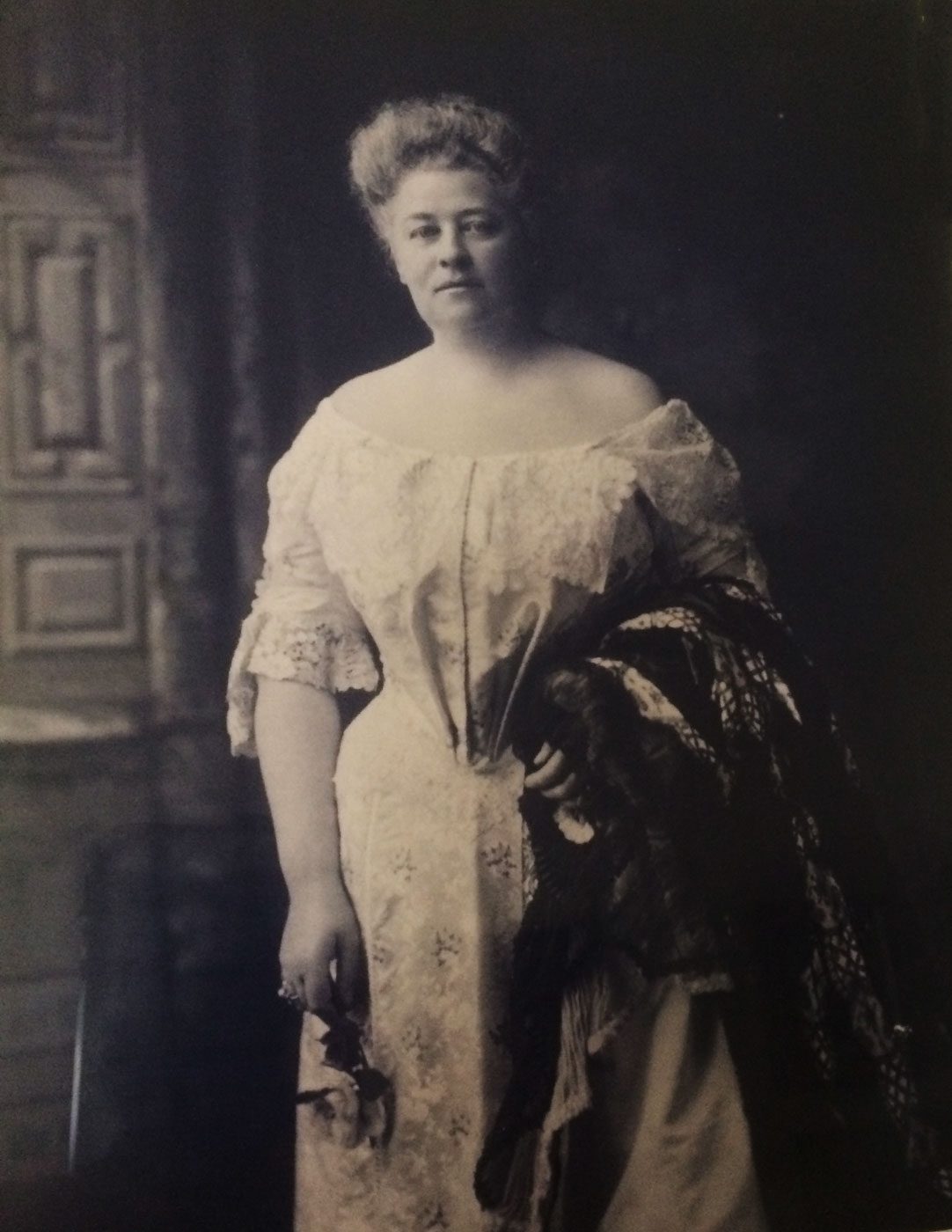
Mrs. Hattie Loomis Wile
2nd wife of Dr. Wile
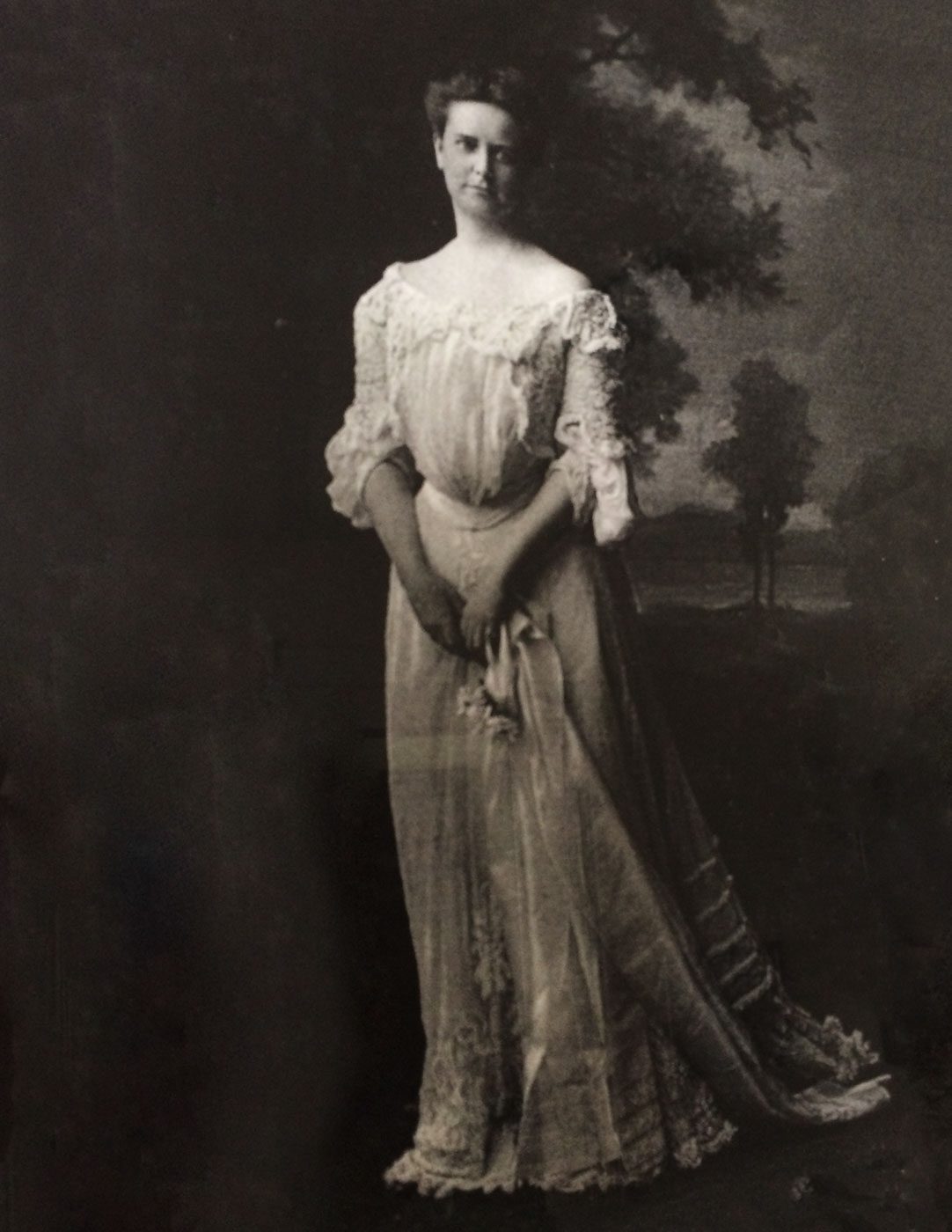
Alice Buckley Wile
Alice, daughter of 1st wife, Eliza Scott Garrison
The History of Tarrywile Mansion
The history of the Park and Mansion are very interesting and you can easily see how the characters blend into the history of Danbury. The Mansion was built in 1897 by Dr. William C. Wile. The name Tarrywile comes from the play on words; to tarry a while – Wile. Read articles on his vision of a Japanese Garden becoming reality and the celebration held upon its opening: A Japanese Garden.
Dr. Wile, a veteran of the Civil War who fought at Gettysburg and accompanied General Sherman in his “March to the Sea,” was Danbury’s first chief medical examiner and a major benefactor of Danbury Hospital. In 1909, his 2nd wife, Hattie, fell down the stairs, sustaining a severe spinal injury, and was confined to a wheelchair. An exterior elevator was installed for her, but the relative isolation of the house led Dr. Wile to sell the Mansion and move to downtown Danbury. In 1910 the Wiles sold the mansion to Charles Darling Parks, President of the American Hatters and Furriers. As a side note, the Wiles built a house at the corner of Deer Hill and West Street, the site of today’s City Hall.
Dr. Wile had one child with his first wife Eliza Scott Garrison of New York; a daughter named Alice.
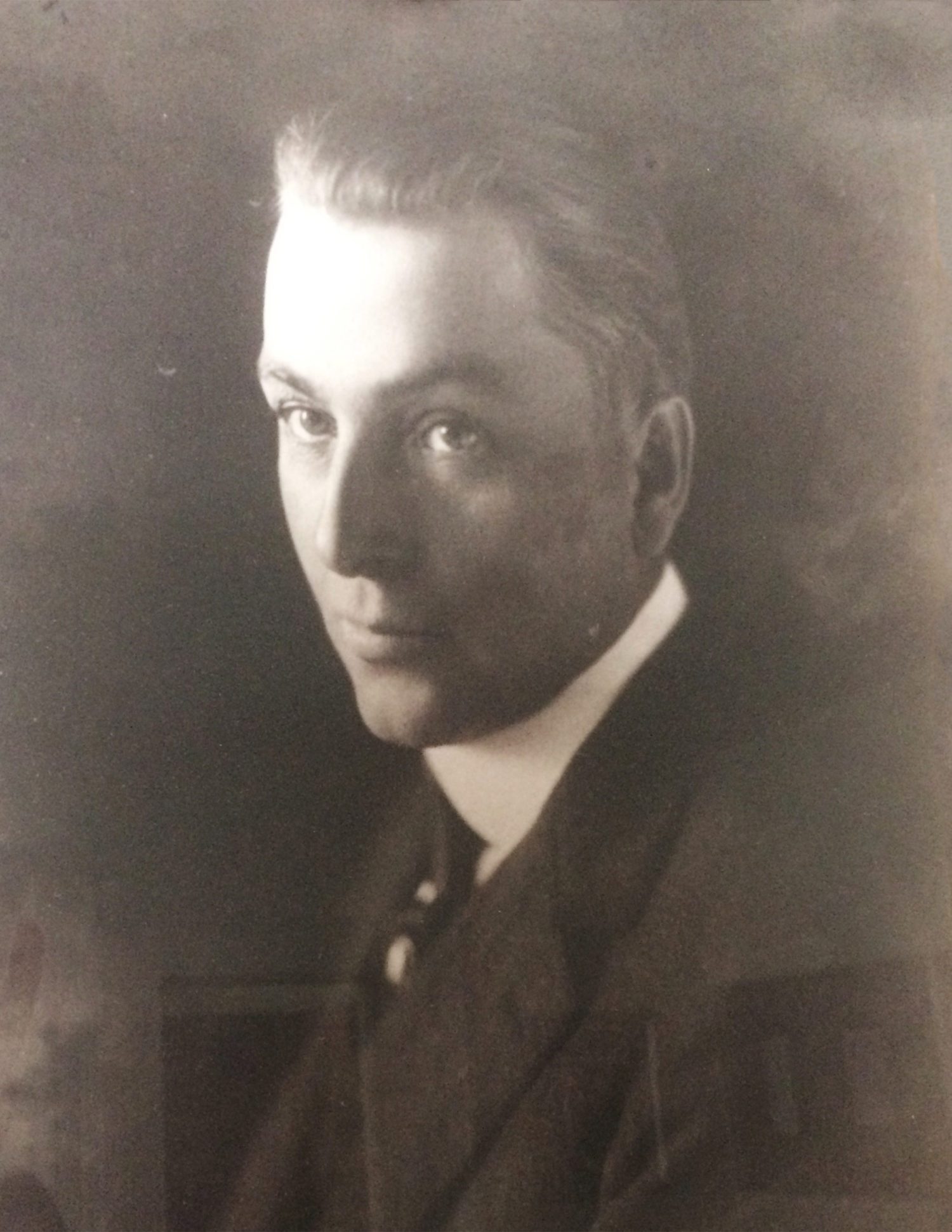
C. D. Parks
CD Parks
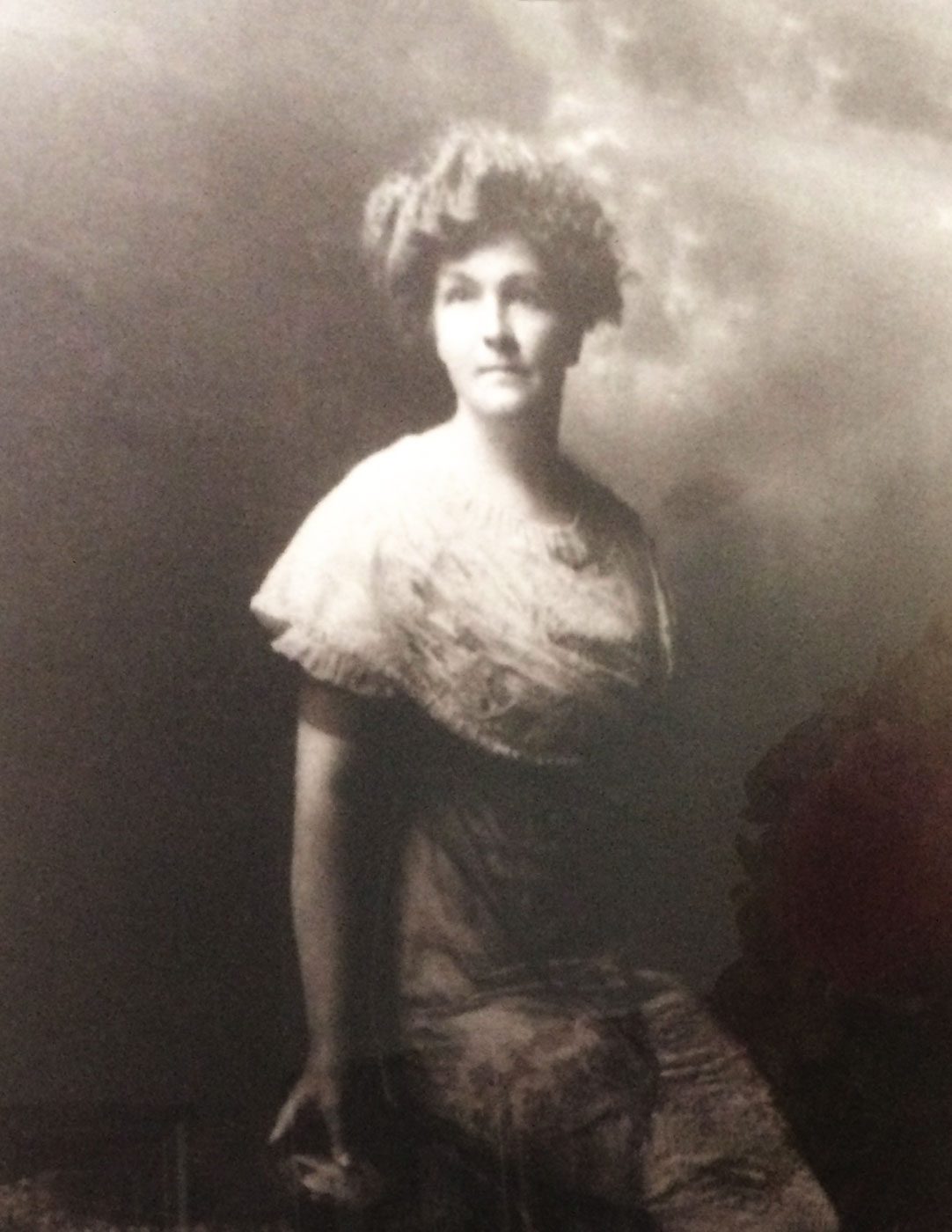
Mrs. Parks
Eleanore Sofia
The second owner was C.D. Parks. Charles Parks lived a hard life. His parents had died, and his sisters were raising him, but they sent him off to Illinois to live as an indentured servant. He left Illinois, even though his “master” had offered to adopt him, and came back East in his twenties to realize his own “American dream.” He established the American Hatters and Furriers Company which was the nation’s leading supplier of furs and hatting. C.D. himself was one of Danbury’s great entrepreneurial successes.
He developed a carroting process in the curing of the beaver pelts that didn’t call for mercury to be used. Mercury was getting into the hatters’ central nervous systems and causing what would forever be known as the “Hatter Shakes” and also coining the phrase “mad as a hatter” or “MAD Hatter.” The “mad” in this case was not an anger management problem; it was a central nervous system condition caused by mercury poisoning.
C.D. expanded the property over the next several decades to include a farm, vast woodlands and what would become another National Landmark in 1987, the distinctive “Hearthstone Castle.” He enclosed much of the original estate with a stone wall, created a lake and several ponds, constructed a greenhouse, and added a conservatory to the main house. He acquired his property by buying up woodland in the surrounding mountains.
At one time, the family holdings totaled well over 1,000 acres. It included one of the State’s largest independent dairy farms, as well as cornfields, and peach and apple orchards. The dairy farm continued in operation until the very early 1970s. Faithful to C. D. Park’s vision and commitment to creating a place of natural beauty, his heirs held on to most of the property through the 1970s and early 1980s.
If you know the area, you can still see the stone walls and pillars that encompassed his holdings including all along Southern Blvd. to Immaculate High School, Pope John Paul Health Care Center and down as far as West Wooster Street, the fields along Mountainville Rd. and Brushy Hill Rd., running almost to the Bethel Reservoir.
Hearthstone Castle
Mr. Parks also purchased the Castle, known as Hearthstone. The Castle was built in 1897, the same time that the Mansion was being built, by E. Starr Sanford. He was a portrait photographer in New York City, his claim to fame was that he developed one of the earliest movie cameras. Sanford sold the Castle to Victor Buck, who was not so fortunate, having declared bankruptcy. Parks family members lived in the Castle up until it was sold to the City. The building now stands in a serious state of disrepair with a future that is in question.
Speaking of the future, the TPA has updated the Master Plan of Development for the Park. The plan calls for continued improvements to the Park, keeping the mission of passive recreation, environmental education and historic preservation as the continuing theme throughout the plan. The master plan calls for improving the trail system, adding much needed additional parking, and building a picnic pavilion in the farm area. The plan also shows the renovation of the farm’s Red Barn Environmental Center, turning the Silo into a gallery that would showcase the farm’s history and act as a trail head for the Ives Trail and enhance the wetlands educational area where bird watching and habitat viewing are enjoyed.
As you can see, this is an exciting and also challenging time for Tarrywile Park and the Tarrywile Park Authority. With our funding from the City being cut several times, it is more important than ever that local businesses and park users step up to support the park either monetarily or through volunteer programs. We urge you to come out and enjoy the park, your park, whether for a hike, a picnic lunch, or just to sit quietly and enjoy the beauty of nature and relieve some of the stress of our daily lives, all just minutes from downtown Danbury.
